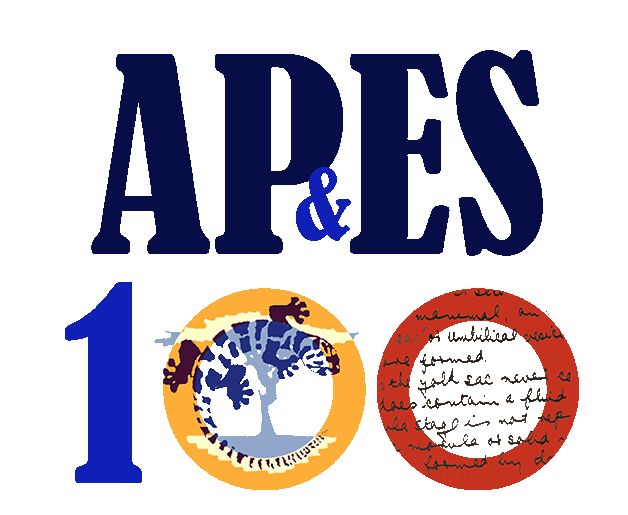The dedicated team at CAE has directed much of its past research towards exploring the ecology of large mammalian herbivores within one of Africa’s largest protected areas – the Kruger National Park, which covers nearly 20,000 square kilometres along South Africa’s border with Mozambique. With numbers of the rarer antelope species declining at an alarming rate, the team is working to identify the causes behind these shrinking populations.
The researchers are tackling these and other issues using eight main strands of research, extending from nutrient cycling in plantation forestry, savannas and grasslands, to animal movements, herbivore population dynamics, impacts of herbivores on vegetation and the spatiotemporal dynamics of woody vegetation inside and outside protected areas. Some of the latest technology includes GPS collars transmitting animal locations via the mobile telephone network or satellites, as well as airborne laser-scanning to detect tree canopy heights and structures. Field and remotely sensed data are synthesised using illuminating computational models and data analysis techniques.
The majority of the team’s recent focus has been on how ungulate populations are faring within the confines of fenced protected areas. However, the latest study is concerned with how gemsbok – or South African oryx – cope with extremes of temperature and aridity in the inhospitable Kalahari region of Botswana. This region is a great natural laboratory for this type of research since there are fewer fences, and the already-extreme arid conditions may be indicative of the types of climates this region will face under climate change conditions.


